‘Tis the season! It’s finally that time of year again, when we snuggle up on the sofa, drink a hot cup of tea, and eat a seemingly endless amount of mandarins and nuts. But that’s the thing about nuts: To crack them open and get to their delicious inside, you need a particularly strong helper – the famous nutcracker. However, if the nostalgic nutcracker soldiers aren’t really your thing and you also don’t want to buy the next best thing from the store, we’ve got some good news for you today: You can build your own nutcracker! It’s easy with the following DIY instructions.
Here’s what you need
• solid wood (e.g. beech or oak)
• fine sandpaper
• 20 mm and 35 mm Forstner bit
• 2.5 mm wood drill
• saw
• belt punch
• screw clamps
• screwdriver
• a piece of leather (e.g. an old belt)
• 2 x screws 4 x 25 mm
• gloves
• WEICON Epoxy Minute Adhesive
• WEICON GMK 2410 Contact Adhesive
• WEICON Bio-Fluid
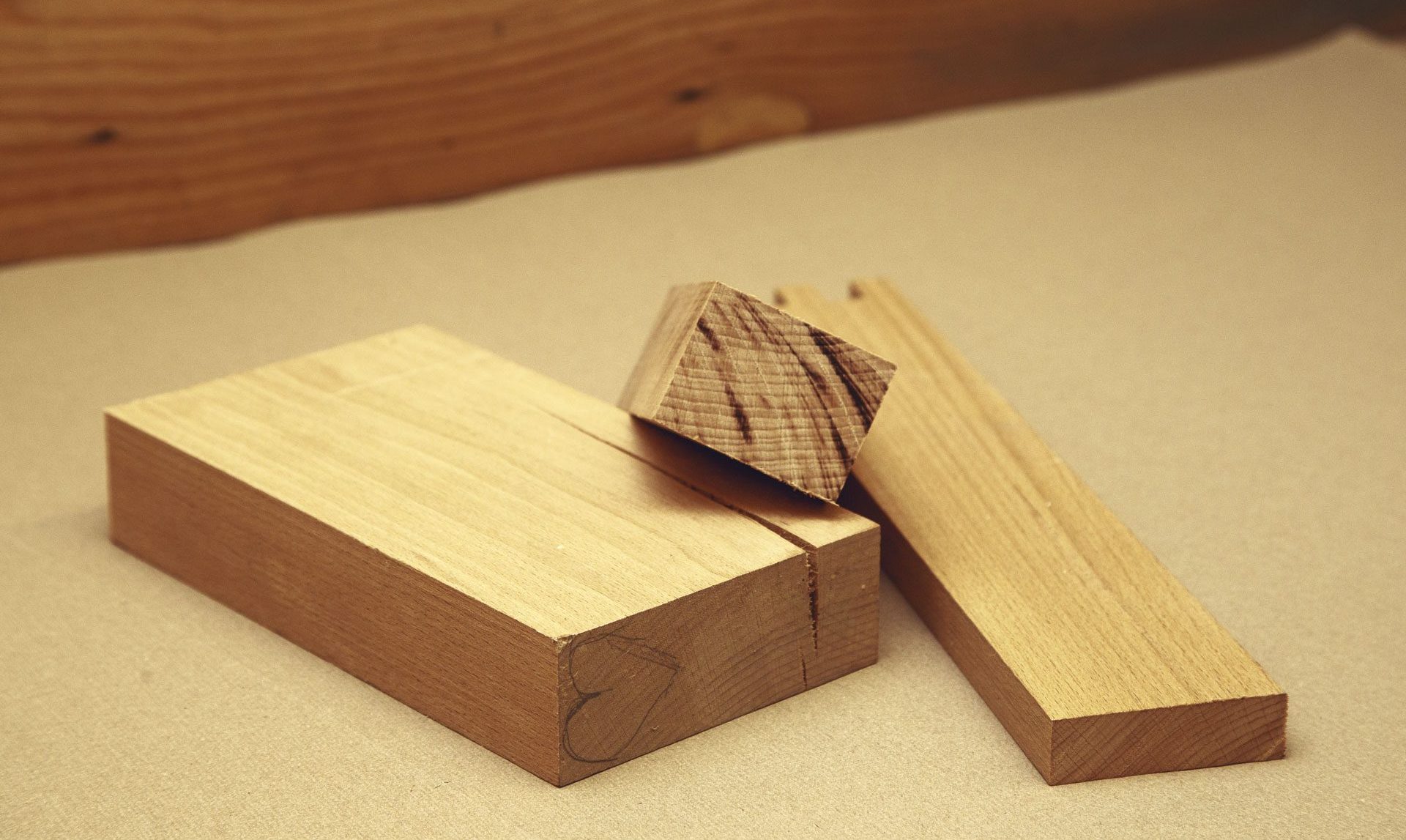
Step by step to your homemade wooden nutcracker
Choose the right wood
If you want to build a nutcracker yourself, the first thing you need is wood. For the lever, the base plate and the handle, you should use solid wood, for example, oak or beech. Soft woods like pine or spruce are less suitable for cracking the hard nuts. Maybe you’re lucky – like me – and even find some wood scraps in your workshop at home that you can use for the craft project. For my DIY nutcracker, I was able to gather up a few pieces of solid beech wood.
Cut the wood to size
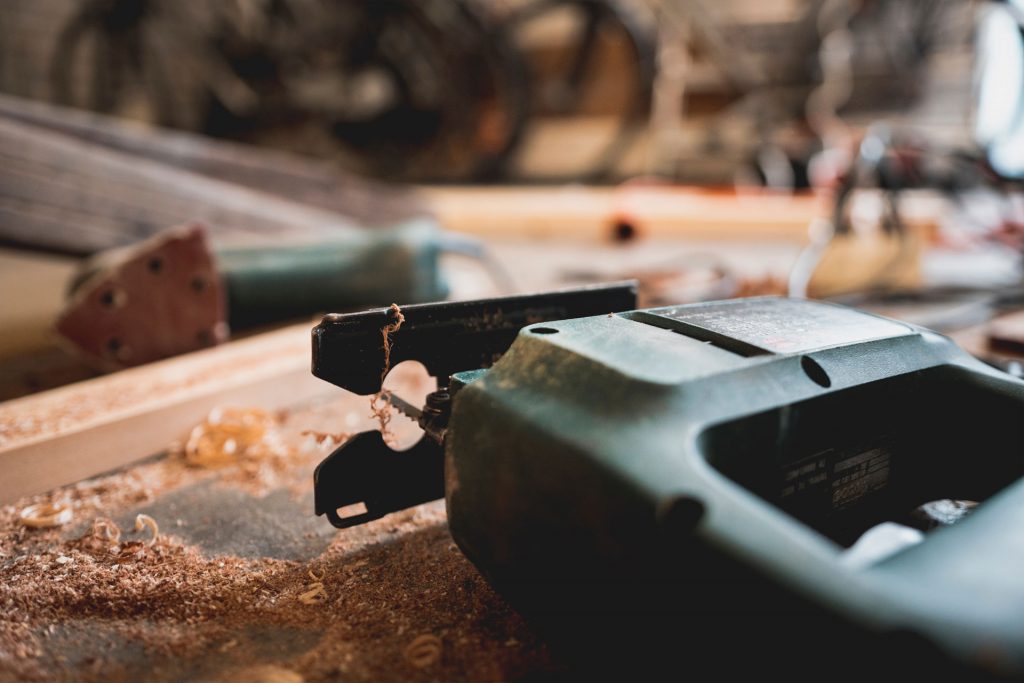
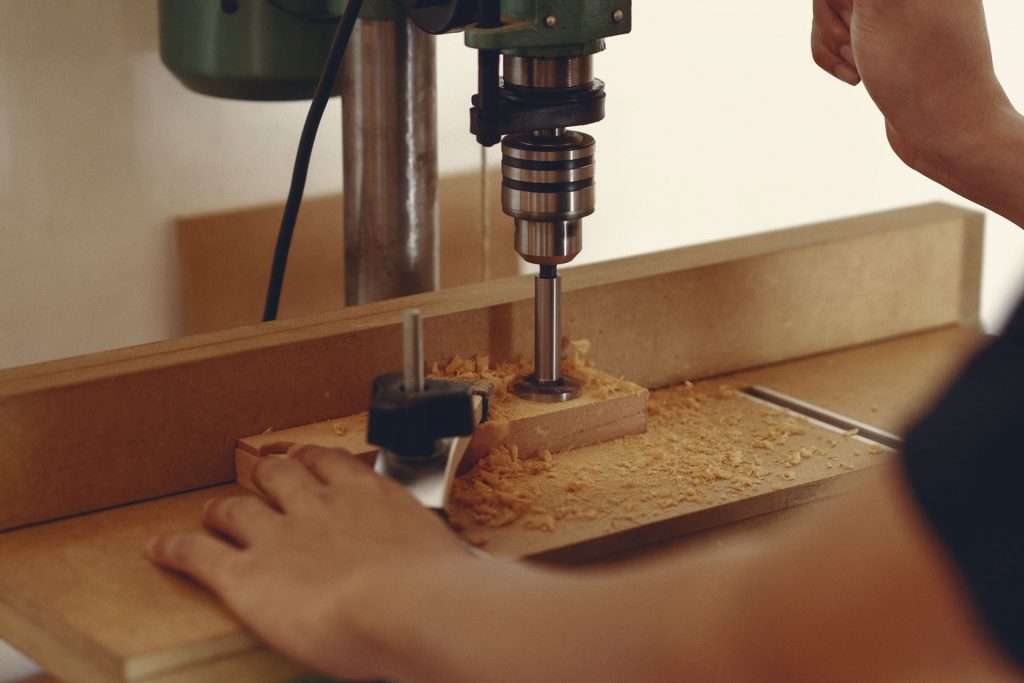
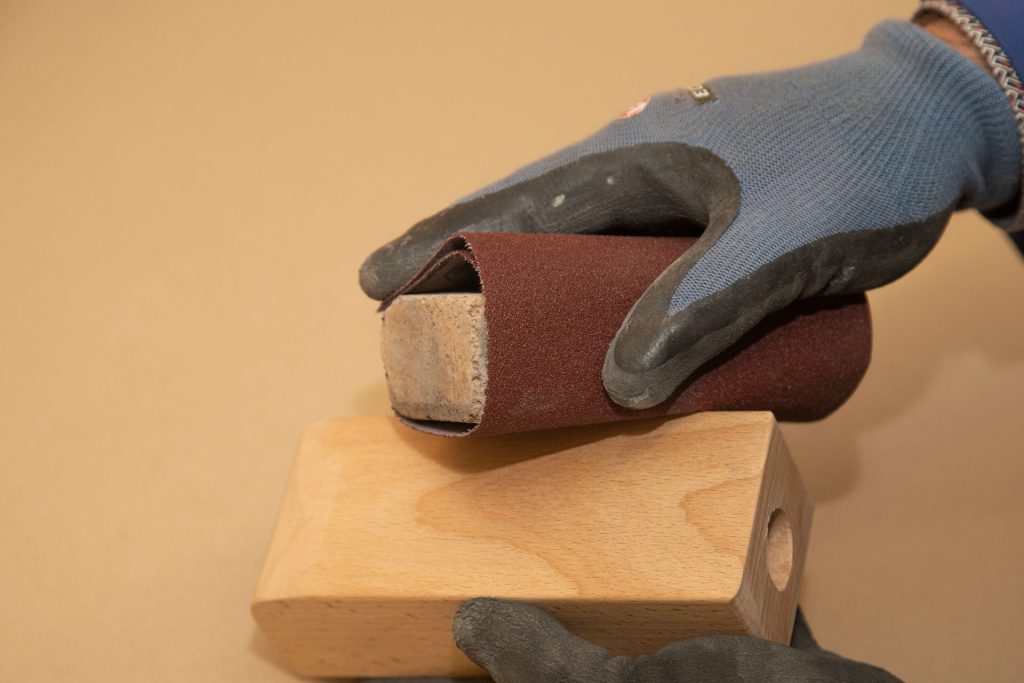
First, cut the wood to the right size using a saw. To give you a rough idea size-wise: My lever part has the dimensions 150 mm x 60 mm x 14 mm, while the base plate measures 280 mm x 80 mm x 14 mm. Once that’s done, don’t put the saw aside just yet – you can also use it to shape the rounded edges of the lever.
Next, use the the 35 mm Forstner bit to drill an indentation into both the base plate and the lever. This ensures that the nut won’t just roll off later on, when it’s time to crack. Use the Forstner bit again to drill a hole for the wooden handle into the center of the front side of the lever. In my case, I used a 20 mm drill bit. The drill size you need depends, of course, on the thickness of the wooden stick you’ve chosen. Speaking of wooden sticks: I got mine as a gift from a colleague. You can find ready-made ones in any hardware store. Or you can saw a piece off an old broomstick or something similar.
Once everything is cut to size, it’s time to give the wood a final polish – with some sandpaper.
Connect all parts
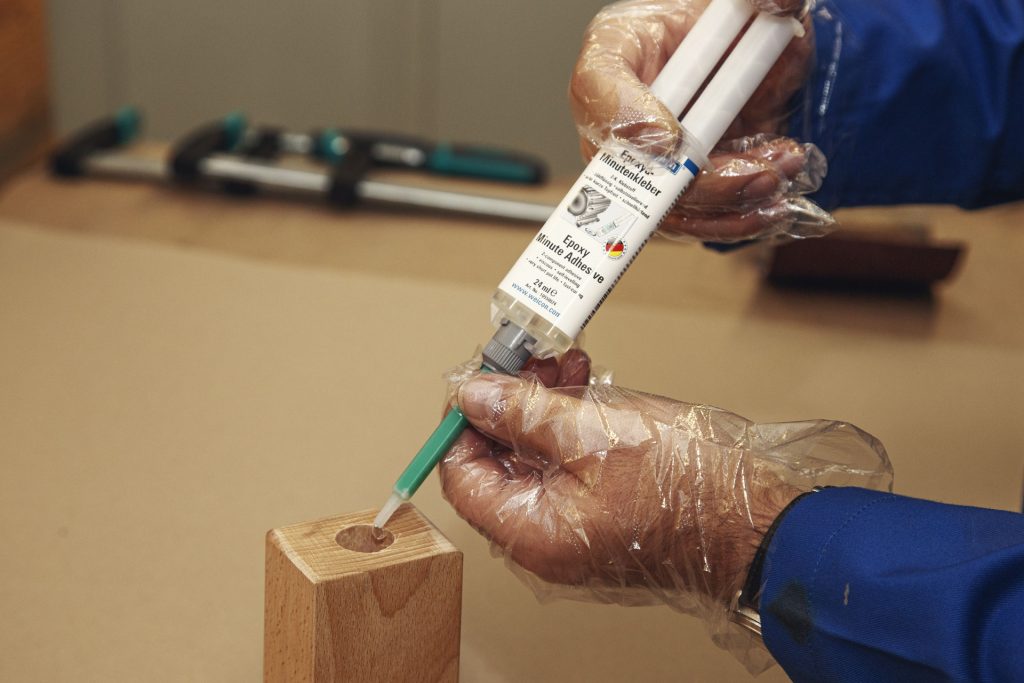
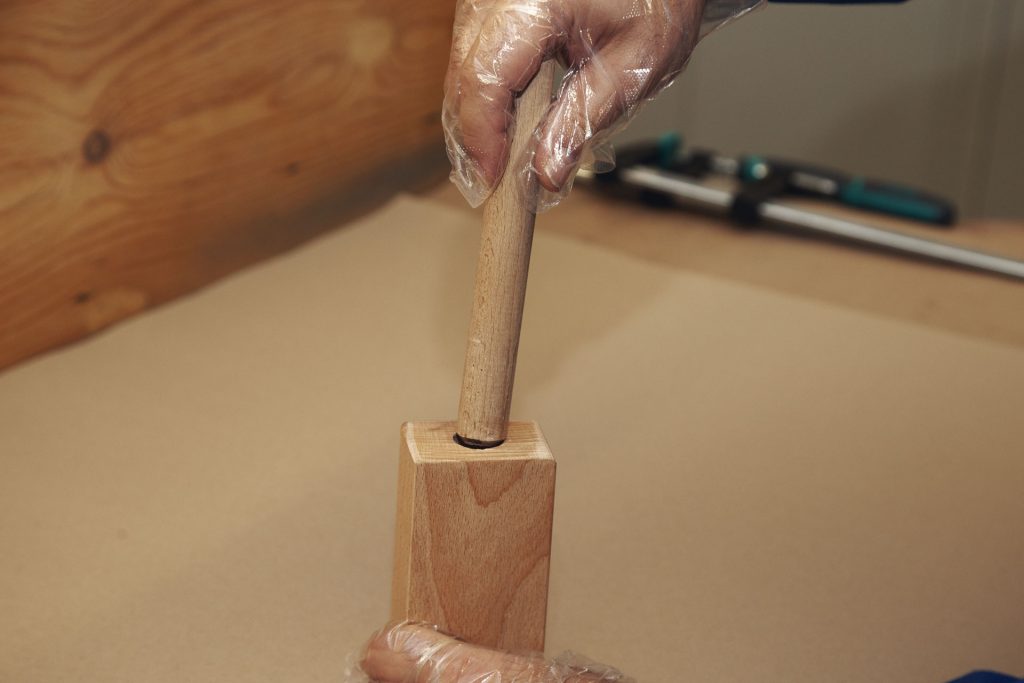
And then it’s time to glue! For your DIY wooden nutcracker, use our WEICON Epoxy Minute Adhesive first, by giving some of the adhesive into the whole for the wooden handle with the help of the mixing nozzle. Then insert the wooden handle and you can be sure that it won’t wobble, turn, or come loose. After all, if we take on building a nutcracker ourselves, we want it to last!
The next step is the connection between the base plate and the lever. This is formed by a piece of leather – from an old belt for example – and, again, some adhesive.
But one thing at a time: If you like, you can also attach screws to the belt to create a special look. To do so, drill holes into the lever and the base plate using a 2.5 mm wood drill bit. You should also make corresponding holes in the belt by using a belt punch.
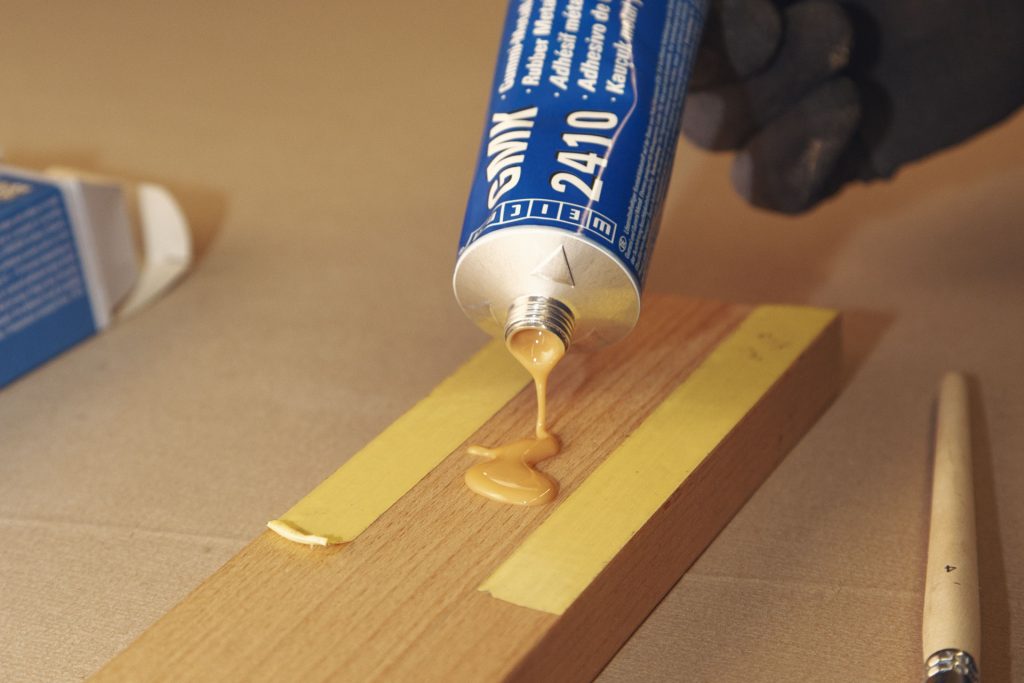
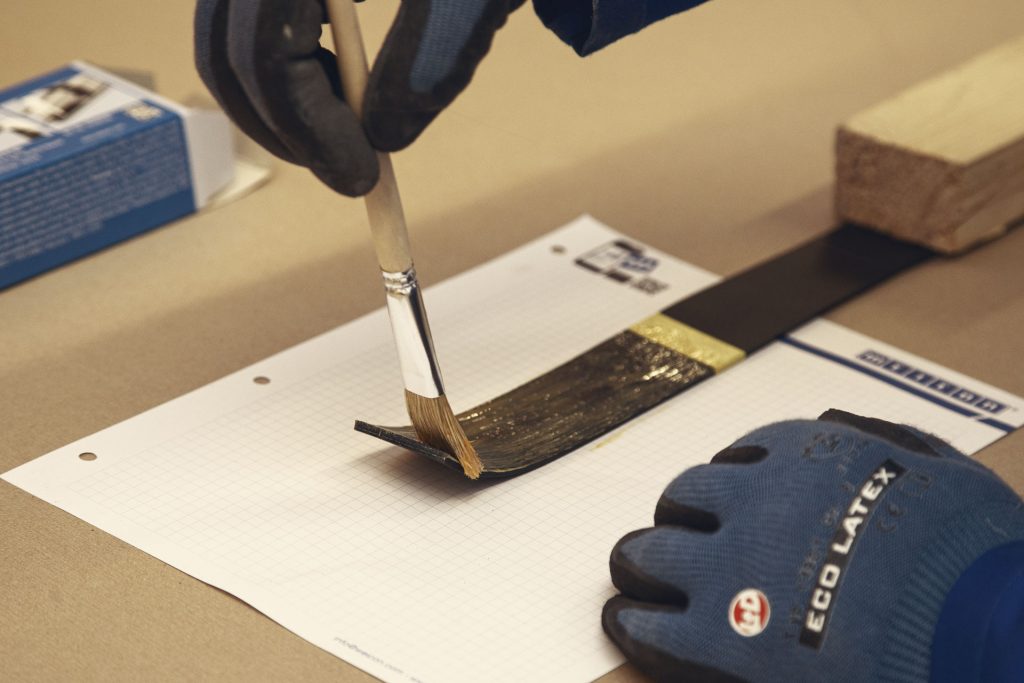
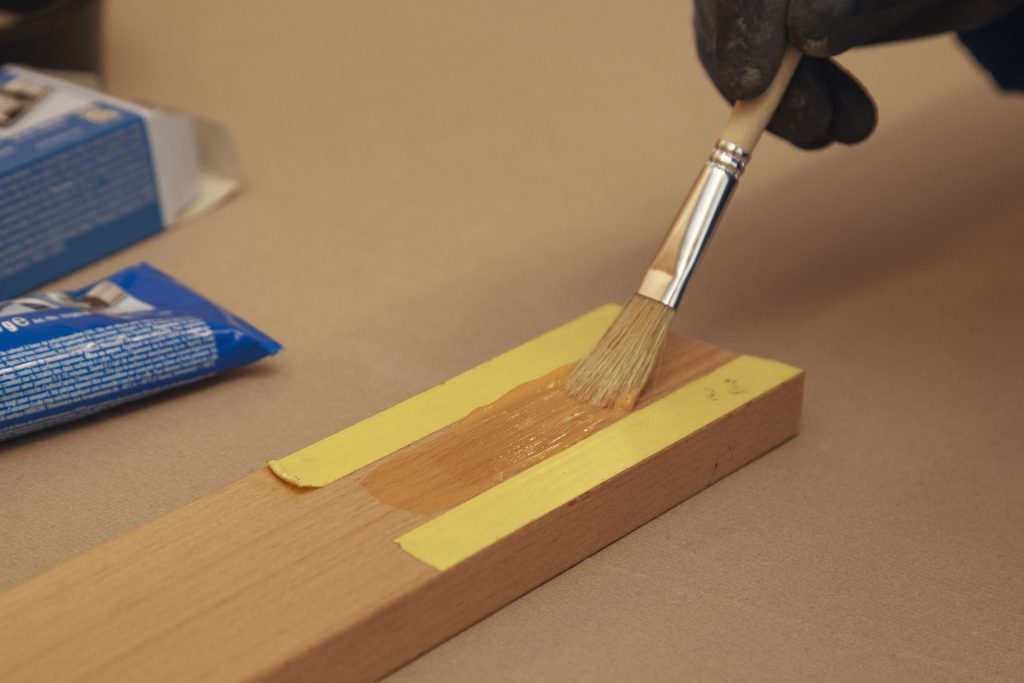
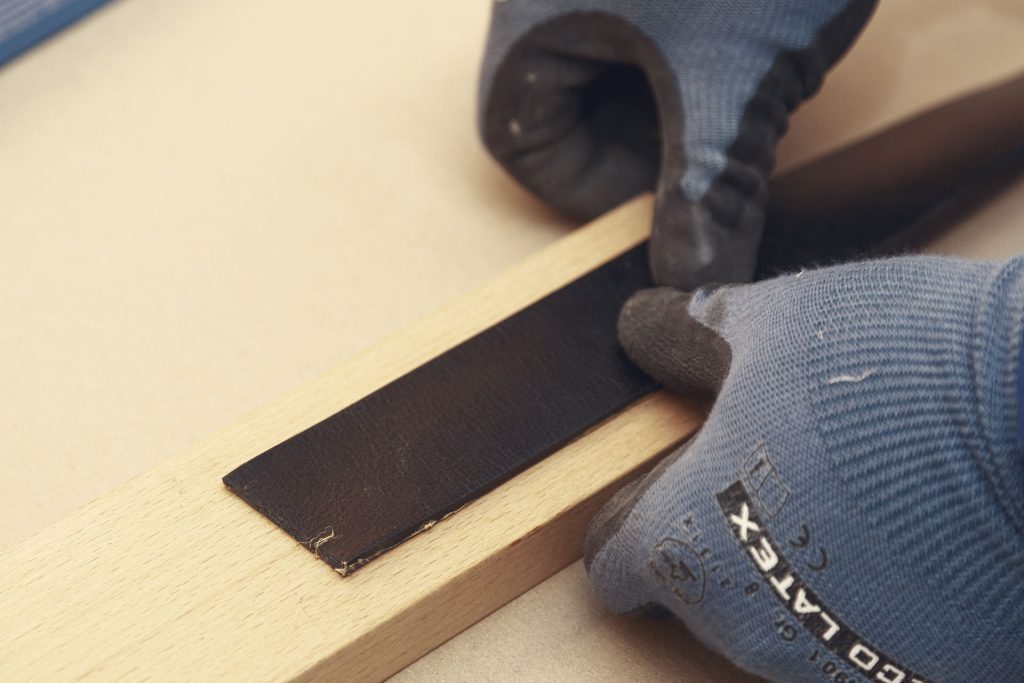
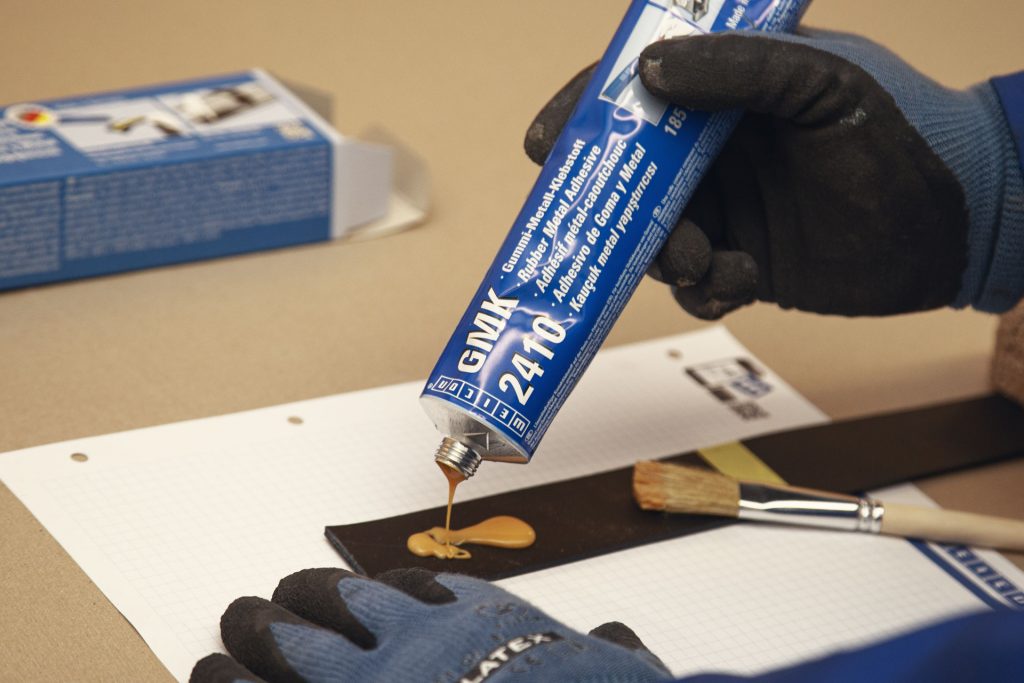
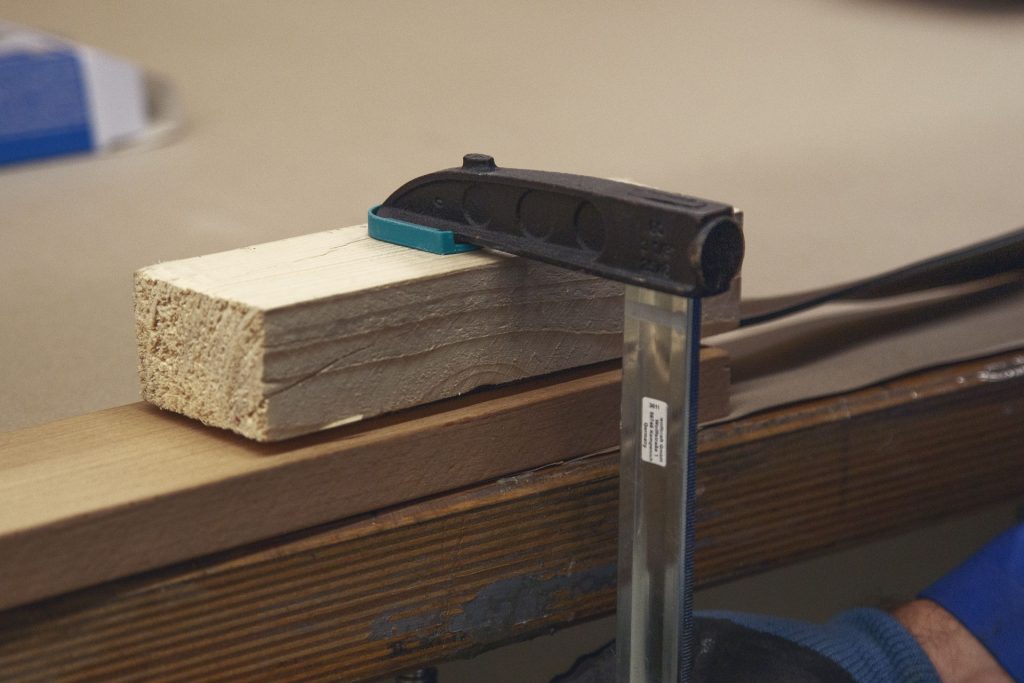
Now, our WEICON GMK 2410 Contact Adhesive comes into play, as it is perfect for bonding leather and wood! Apply a thin layer of the adhesive to both the belt and the base plate. It’s best to use a paint brush to spread the adhesive and to mask the areas you don’t want glued with a little masking tape beforehand.
Allow the adhesive to flash off for five to ten minutes before taking the leather piece and carefully attaching it to the base plate of your DIY nutcracker. Despite the high initial strength of the GMK 2410, it’s best to fixate your construction with a screw clamp for about an hour before you bond the lever part the same way. Finally, attach the screws and your DIY wooden nutcracker is ready. Almost at least!
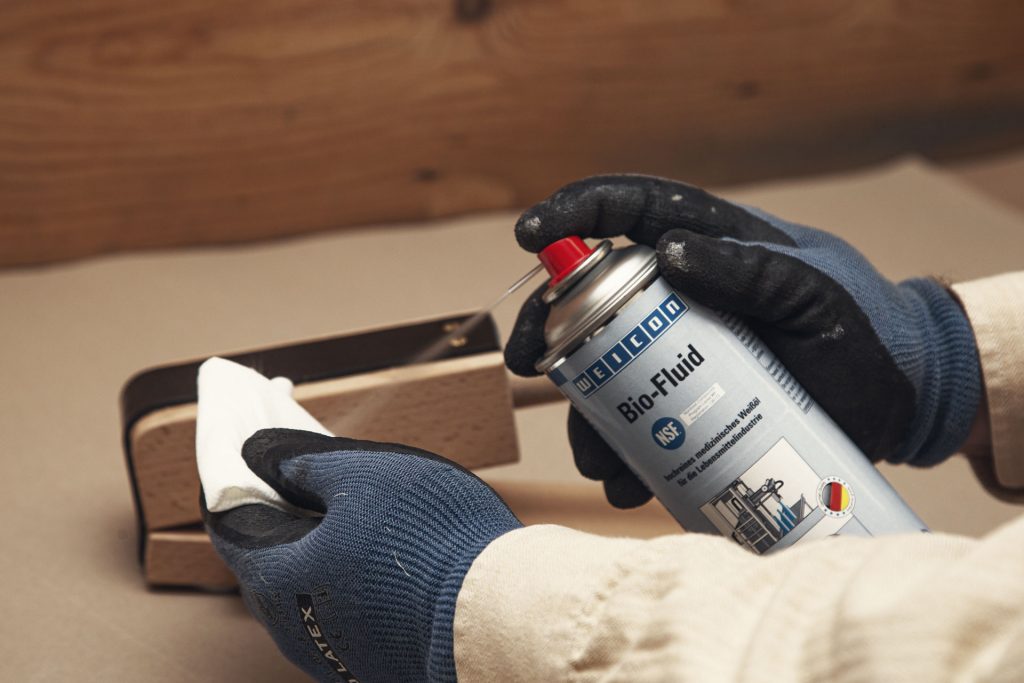
Seal the surface
Last but not least, you should seal the surface to provide your DIY nutcracker with long-lasting care and a high-quality look. WEICON Bio-Fluid, for example, is a great choice for this, as it is a medically pure white oil that is also approved for use in the food sector.
How to build your own nutcracker – the result is worth a look
You’ve done it and thanks to this DIY tutorial, you can now cross the item “build your own nutcracker” off your bucket list. And the result is something to be proud of, isn’t it? By the way, if you ask me, it’s also a great and creative last-minute Christmas gift idea for all nut lovers out there!

PS: Although I am a creative crafting enthusiast, I have to admit that I did not come up with this Christmas DIY hack on my own. The idea, which I put into practice with the help of WEICON products, came from the DIY magazine “selber machen”.